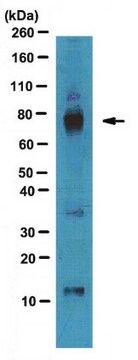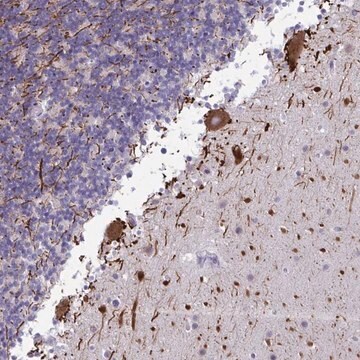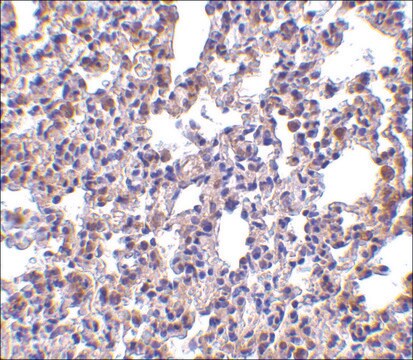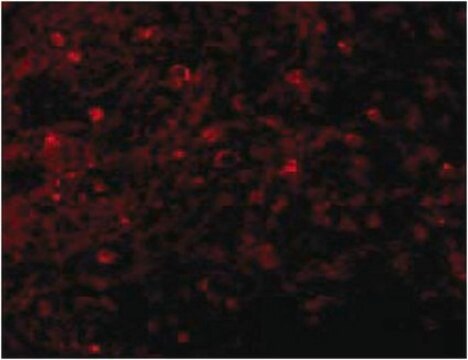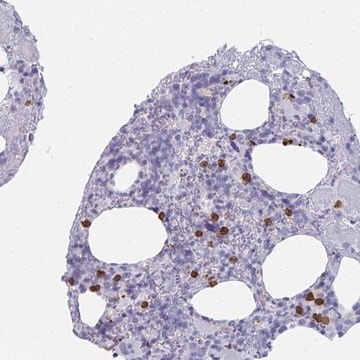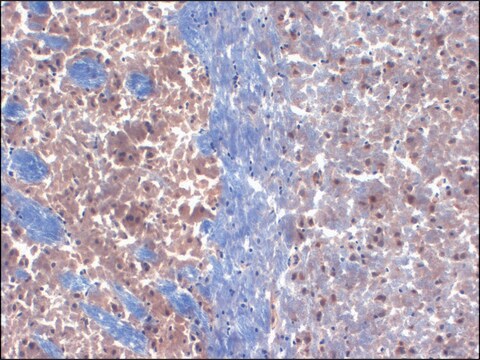Opis ogólny
Białko genu związanego z opornością na promieniowanie UV (UniProt: Q9P2Y5; znane również jako p63) jest kodowane przez gen UVRAG (Gene ID: 7405) u człowieka. UVRAG jest kluczowym autofagicznym supresorem nowotworów, który jest zmutowany w kilku powszechnych nowotworach u ludzi. Zawiera cztery funkcjonalne domeny, domenę bogatą w prolinę, domenę C2 wiążącą lipidy, domenę cewkową wiążącą Beclin1 (CCD) i domenę C-końcową. Jest krytycznym regulatorem wewnątrzkomórkowego transportu błonowego, autofagii i stabilności chromosomów. UVRAG jest również zaangażowany w regulację zależnego od COPI transportu wstecznego z Golgiego i retikulum endoplazmatycznego poprzez asocjację z kompleksem NRZ. Jego funkcja zależy od wiązania z fosforanem fosfatydyloinozytolu 3 (PtdIns3P). Podczas autofagii UVRAG działa jako podjednostka regulatorowa alternatywnego kompleksu PI3K II (PI3KC3-C2), który pośredniczy w tworzeniu 3-fosforanu fosfatydyloinozytolu i uważa się, że bierze udział w dojrzewaniu autofagosomów i endocytozie. Jest zaangażowany w dojrzewanie autofagosomów i degradacyjny handel endocytarny niezależnie od Beclin-1, ale zależy od jego związku z kompleksem Vps klasy C. Wykazano również, że UVRAG zwiększa asocjację kompleksu Vps klasy C z kompleksem SNARE i promuje tworzenie fuzogennego kompleksu SNARE podczas późnej fuzji błon endocytarnych. UVRAG promuje również naprawę podwójnych pęknięć nici DNA poprzez asocjację z zależnym od DNA kompleksem kinazy białkowej DNA-PK i aktywację go w niehomologicznym łączeniu końców. Wykazano, że zaburzenie UVRAG zwiększa niestabilność genetyczną i wrażliwość komórek na napromieniowanie. (Ref: Zhao, Z et al. (2012). Dev. Cell 22(5): 1001-1016).
Specyficzność
To poliklonalne przeciwciało wykrywa ludzki UVRAG fosforylowany na serynie 498.
Immunogen
Liniowy peptyd odpowiadający 15 aminokwasom z C-końcowej połowy ludzkiego UVRAG otaczającego fosfoserynę 498.
Zastosowanie
Analiza Western Blotting: Reprezentatywna partia wykryła fosfo-UVRAG (Ser498) w TSC1 KO MEF i leczonych Torin1 (Kim, Y.M., et. al. (2015). Mol Cell. 57(2):207-18).
Analiza Western Blotting: Reprezentatywna partia wykryła fosfo-UVRAG (Ser498) w HA-UVRAG+myc-Rheb2+DMSO. (Dzięki uprzejmości dr Do-Hyung Kim z University of Minnesota).
Wykryj białko genu związanego z odpornością na promieniowanie UV za pomocą tego króliczego poliklonalnego anty-fosfo-UVRAG (Ser498), nr kat. ABS1600, który został przetestowany w Western Blotting.
Research Category
Signaling
Jakość
Evaluated by Western Blotting in HEK293 cells transfected with HA-UVRAG+myc-Rheb2+DMSO (vehicle).
Western Blotting Analysis: A 1:1,000 dilution of this antibody detected phospho-UVRAG (Ser498) in HEK293 cells transfected with HA-UVRAG+myc-Rheb2+DMSO (vehicle).
Opis wartości docelowych
Zaobserwowano ~98 kDa; obliczono 78,15 kDa. W niektórych lizatach można zaobserwować niescharakteryzowane pasma.
Postać fizyczna
Format: Oczyszczony
Oczyszczone królicze przeciwciało poliklonalne w buforze zawierającym 0,1 M Tris-Glicyny, 0,15 M NaCl, 0,05% azydku sodu, pH 7,4 z 0,05% azydkiem sodu.
Affinity Purified
Przechowywanie i stabilność
Przechowywać przez 1 rok w temperaturze 2-8°C od daty otrzymania.
Inne uwagi
Stężenie: Należy zapoznać się z arkuszem danych dla konkretnej partii.
Oświadczenie o zrzeczeniu się odpowiedzialności
Unless otherwise stated in our catalog or other company documentation accompanying the product(s), our products are intended for research use only and are not to be used for any other purpose, which includes but is not limited to, unauthorized commercial uses, in vitro diagnostic uses, ex vivo or in vivo therapeutic uses or any type of consumption or application to humans or animals.
Ta strona może zawierać tekst przetłumaczony maszynowo.

